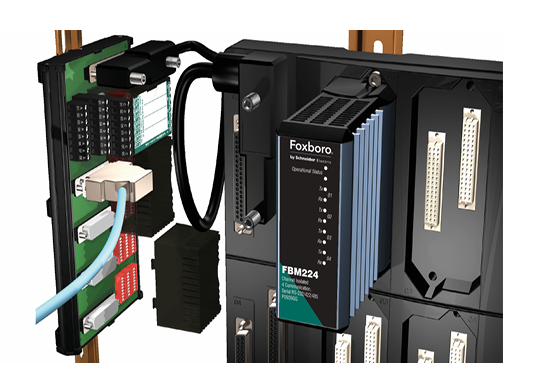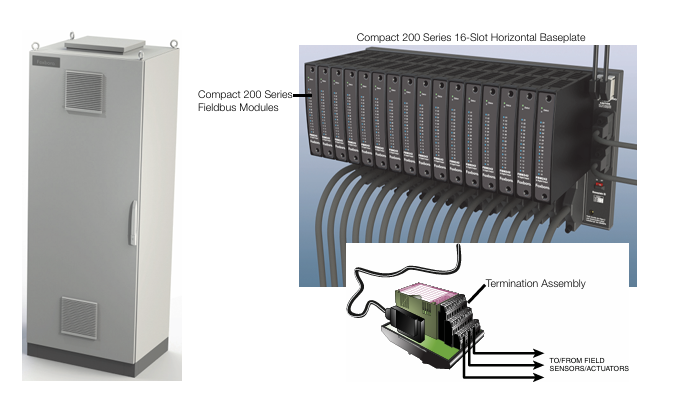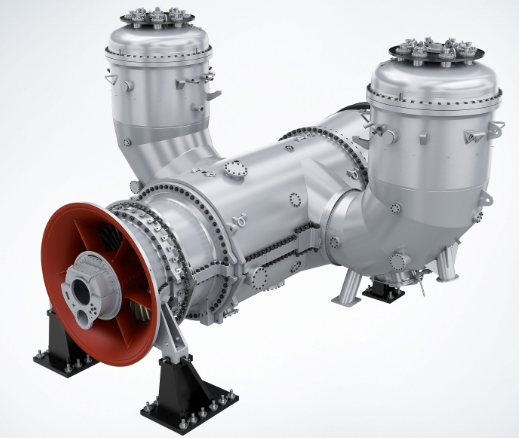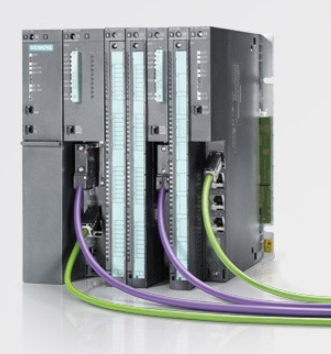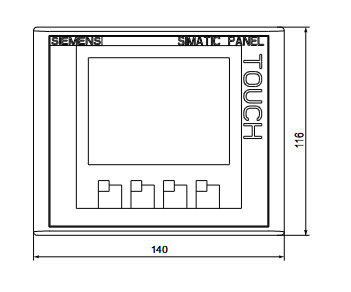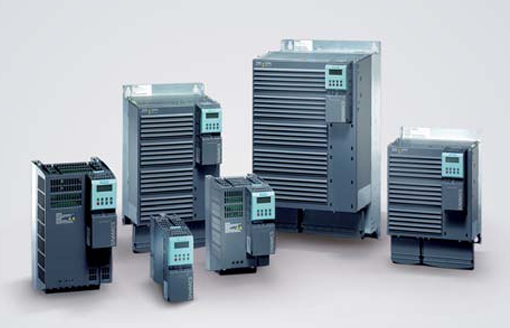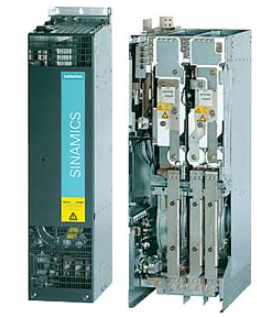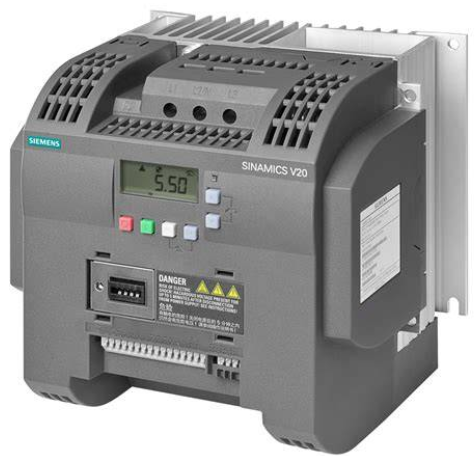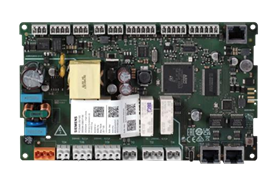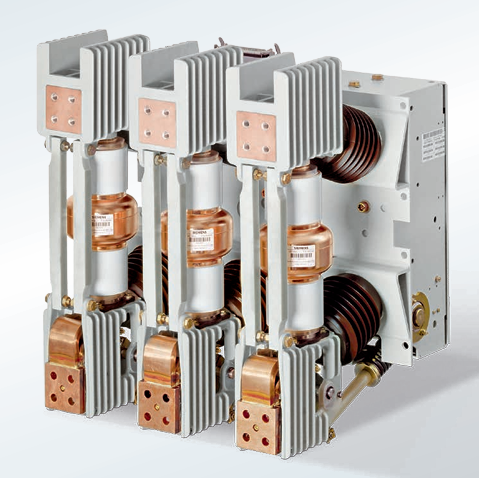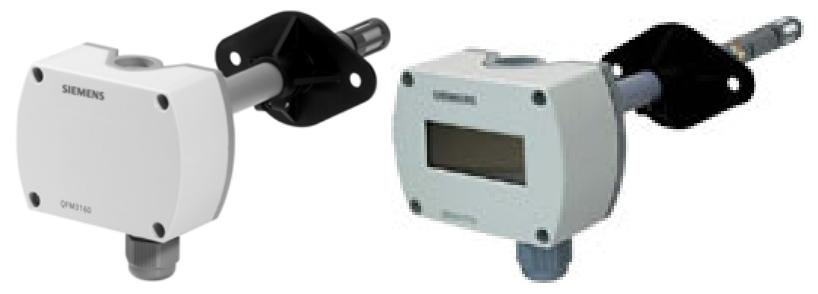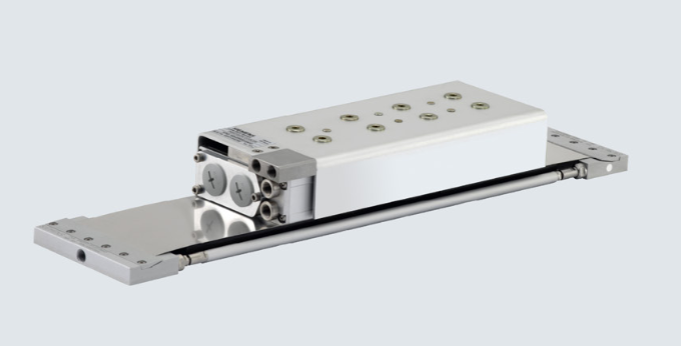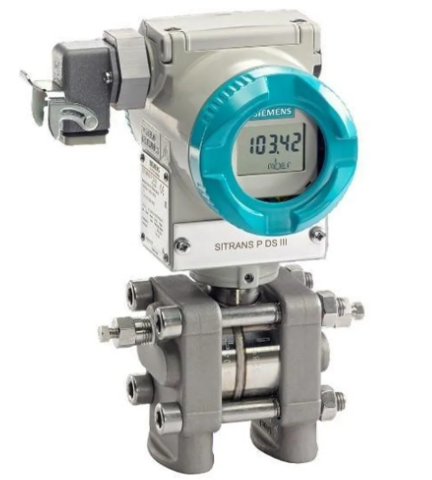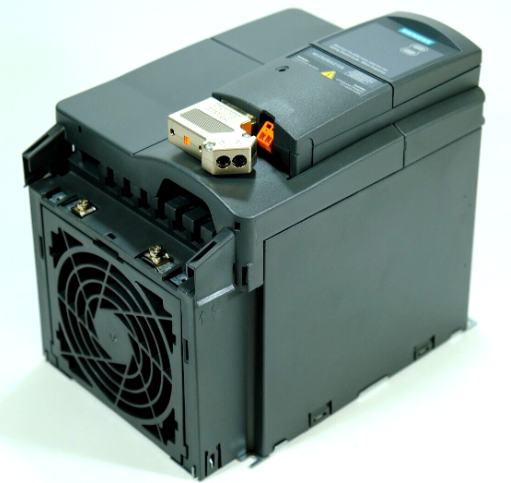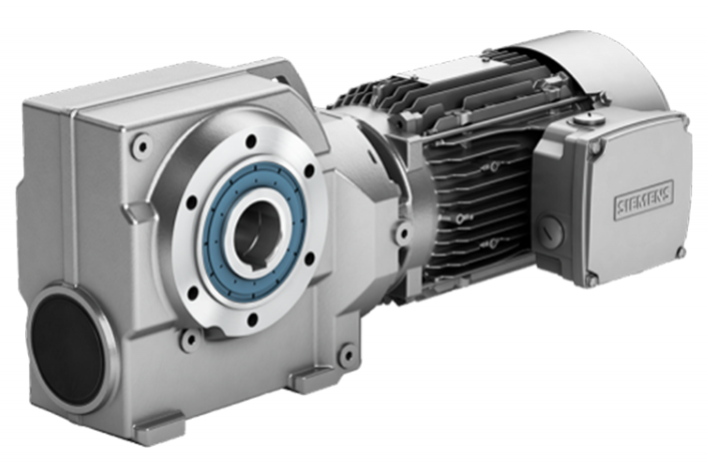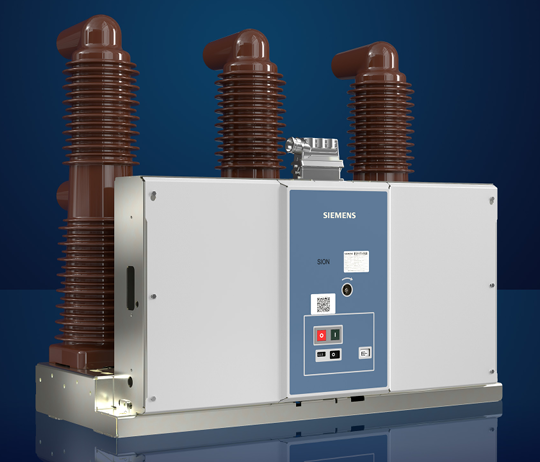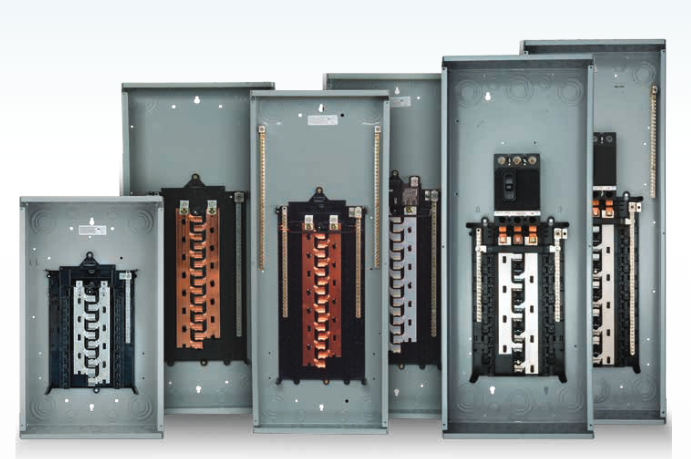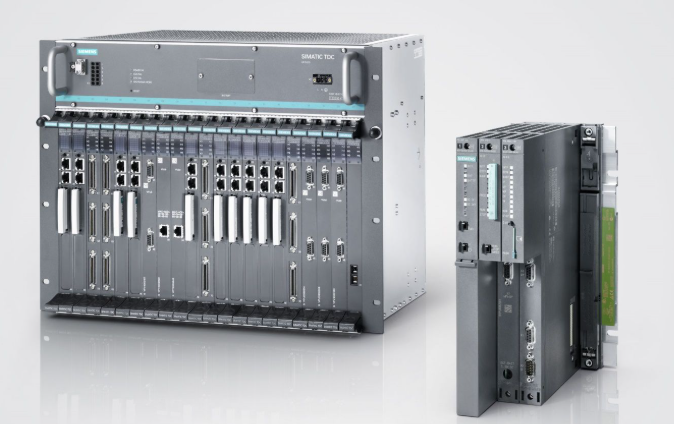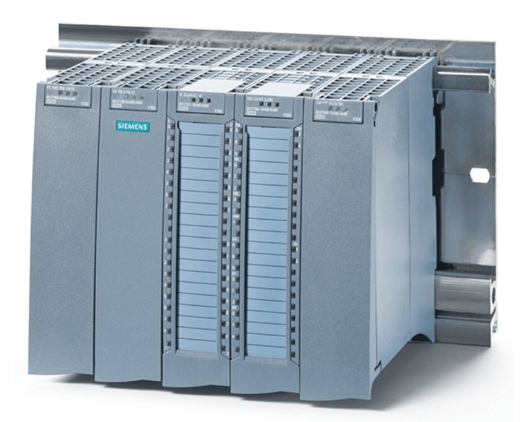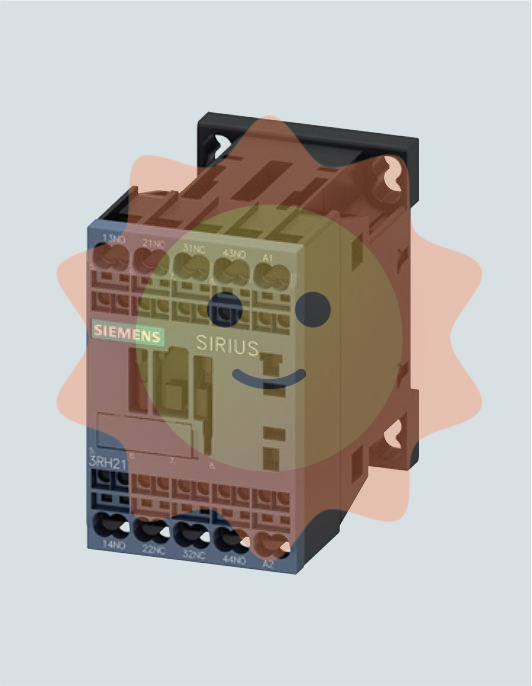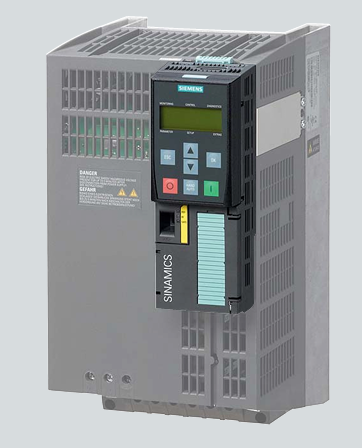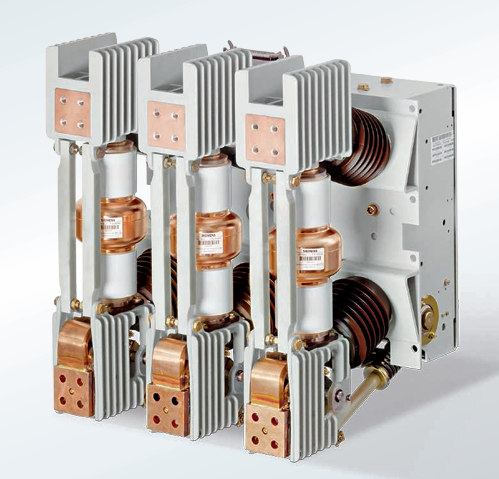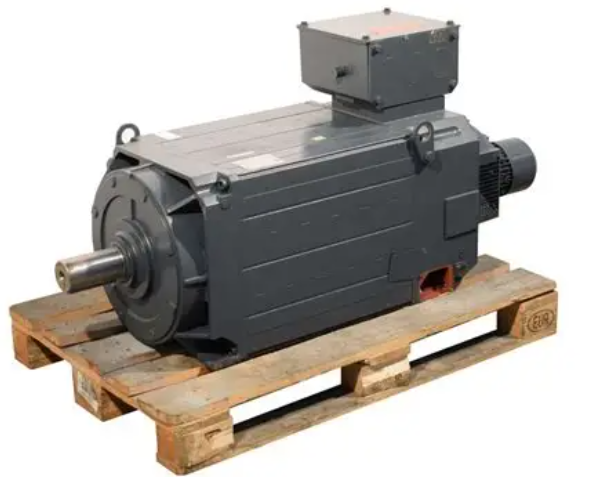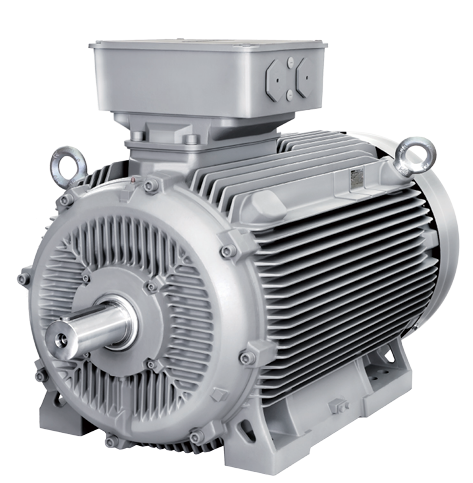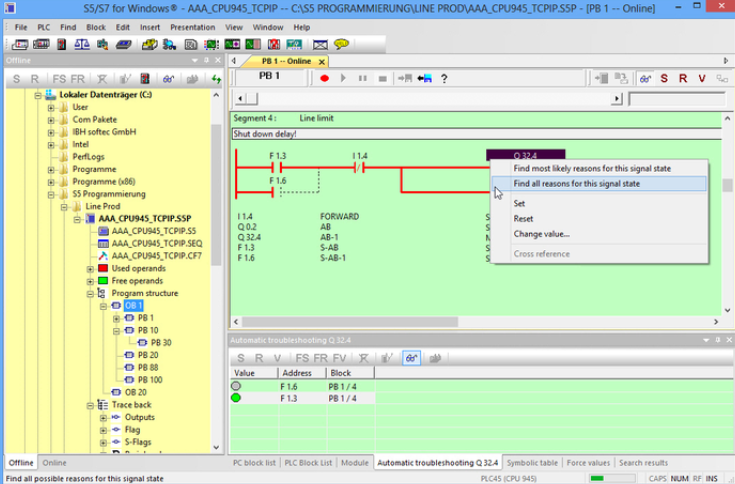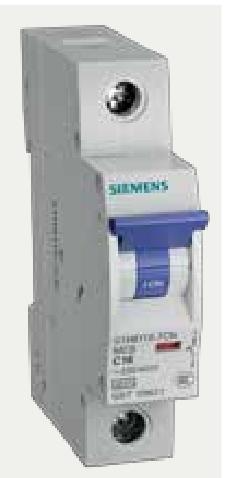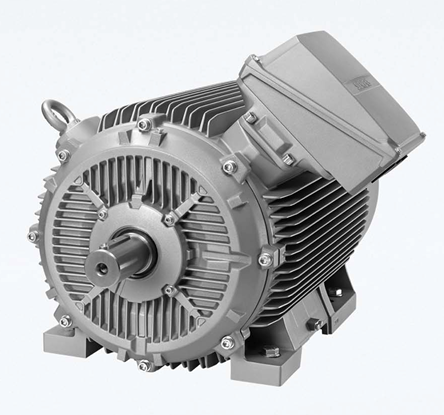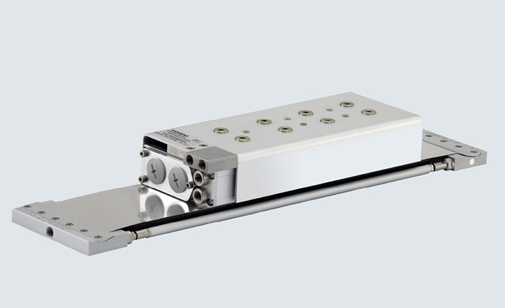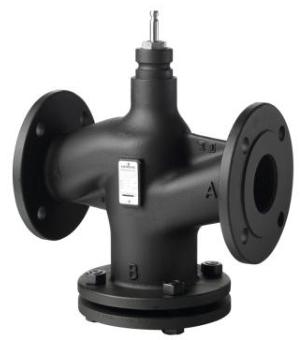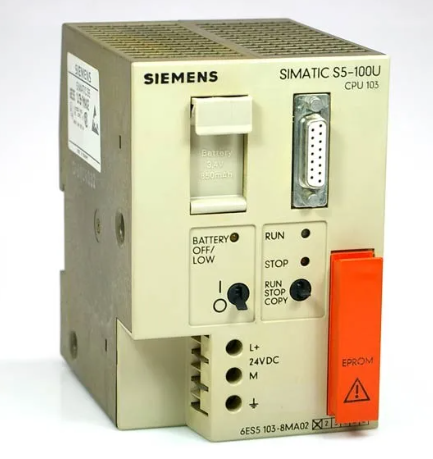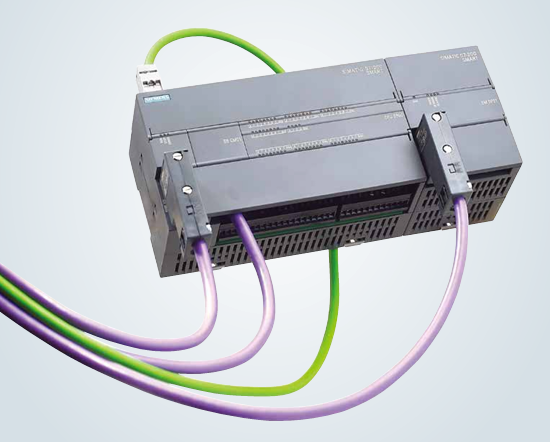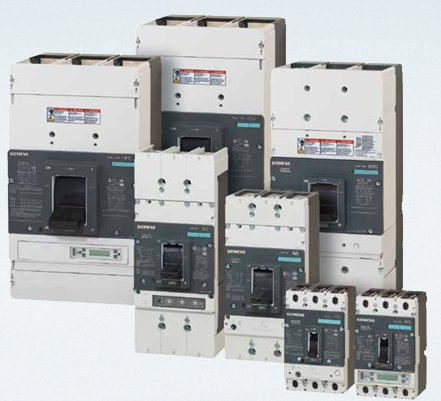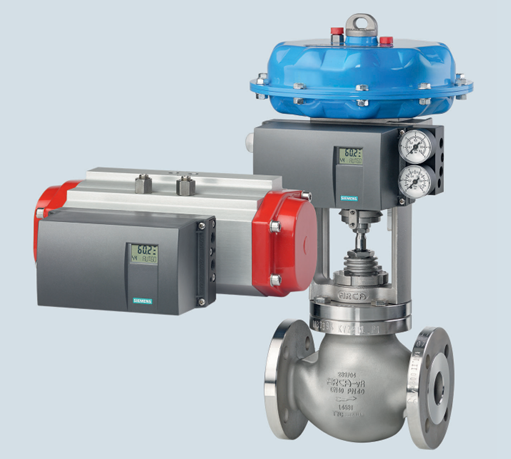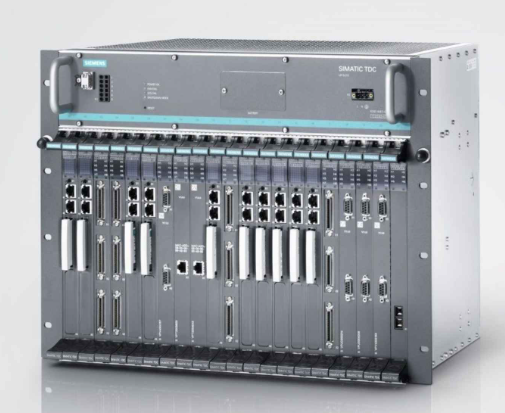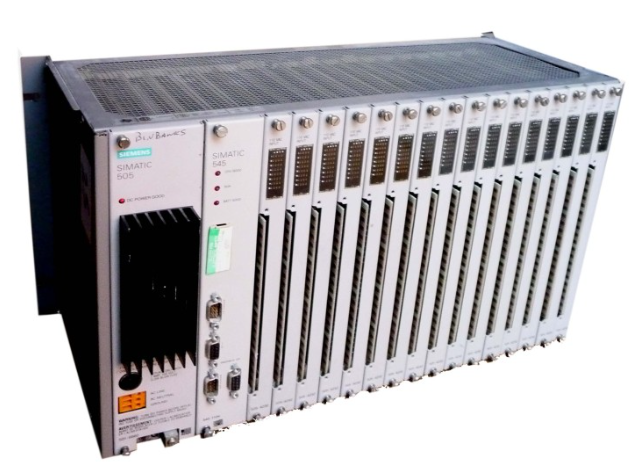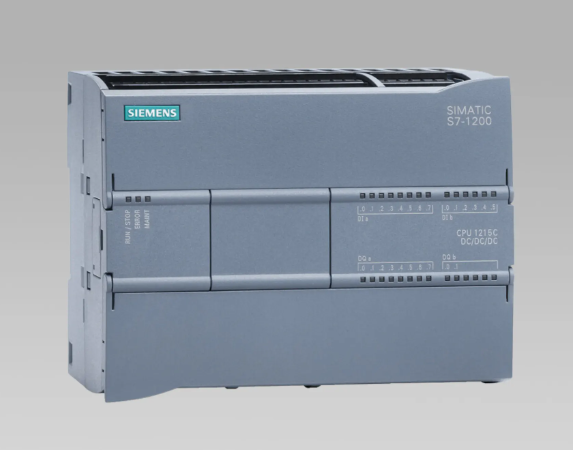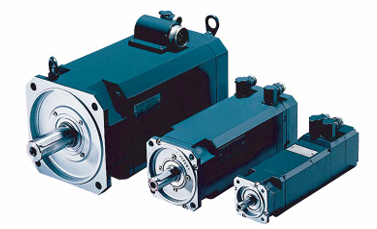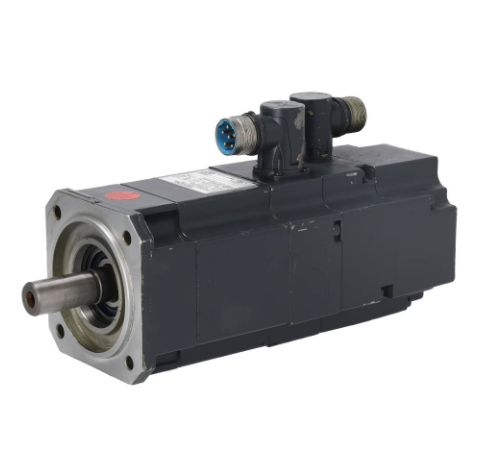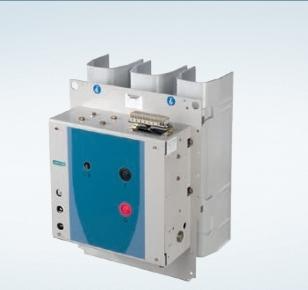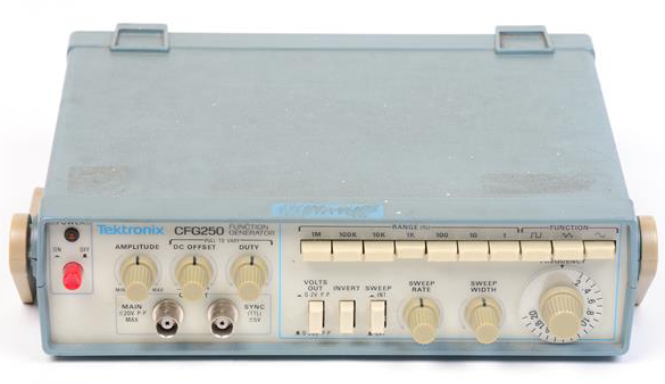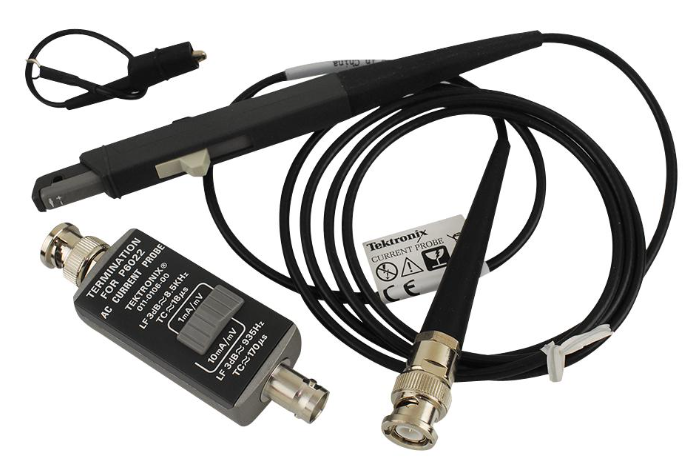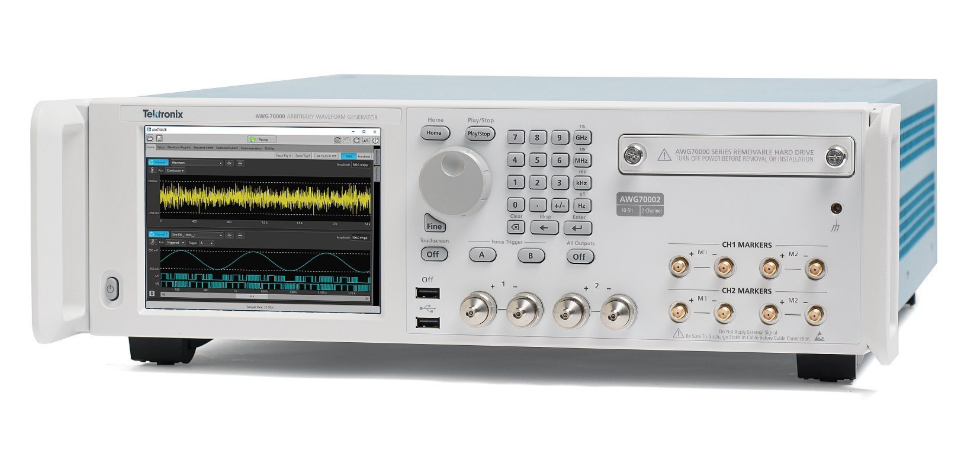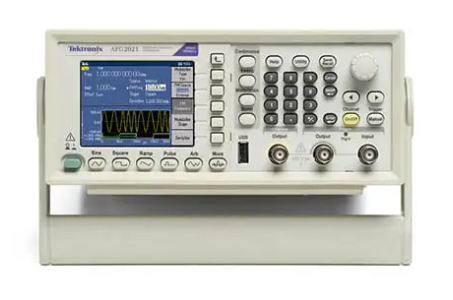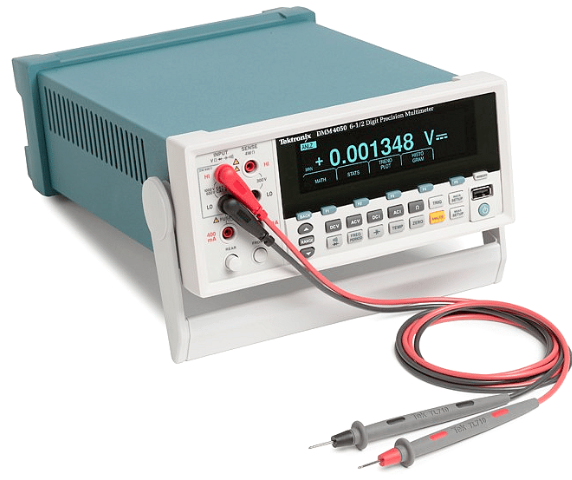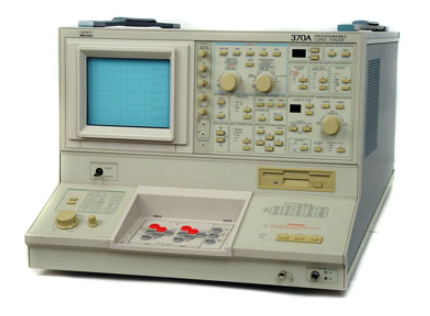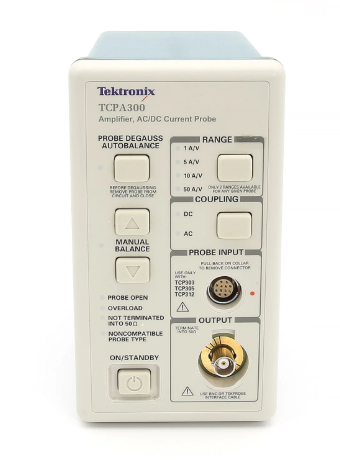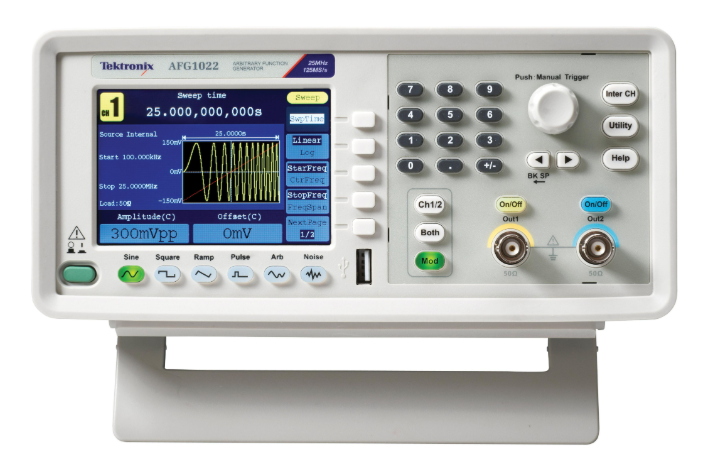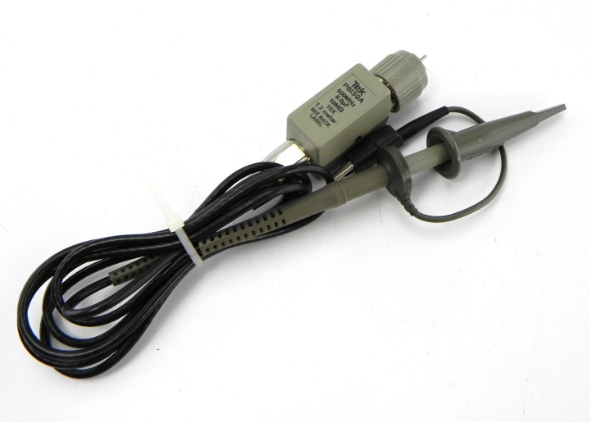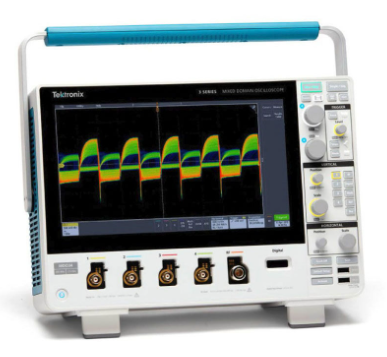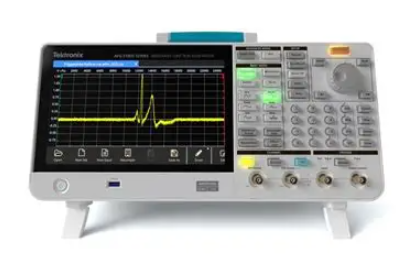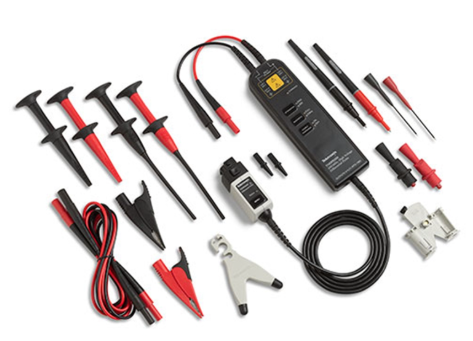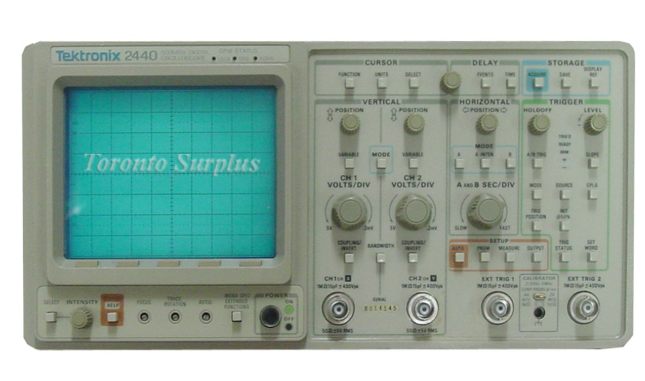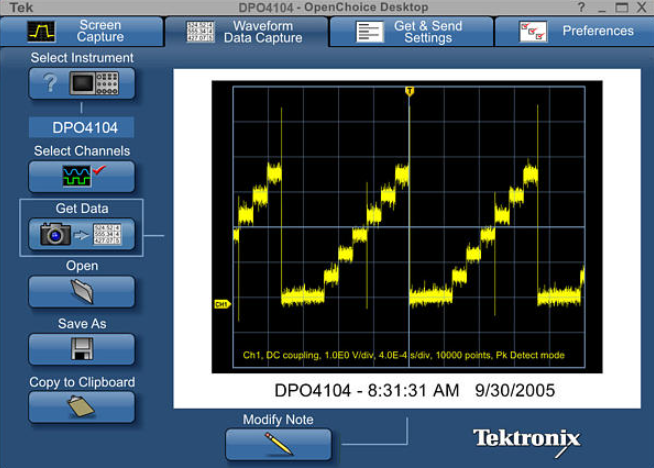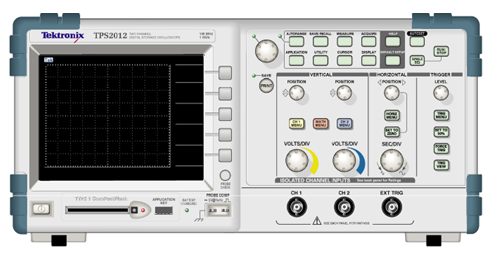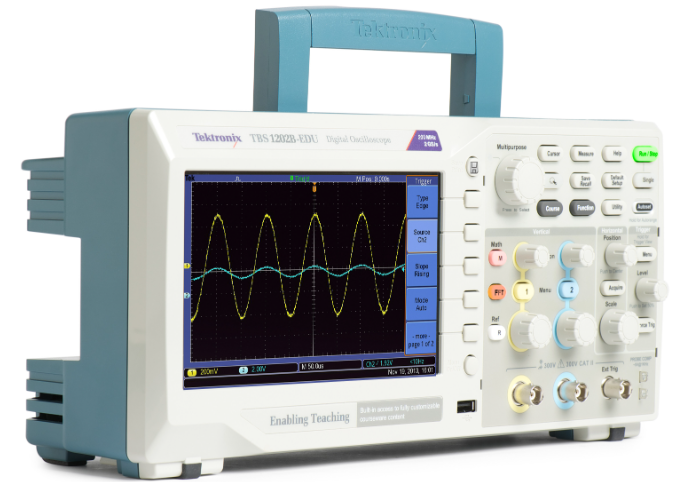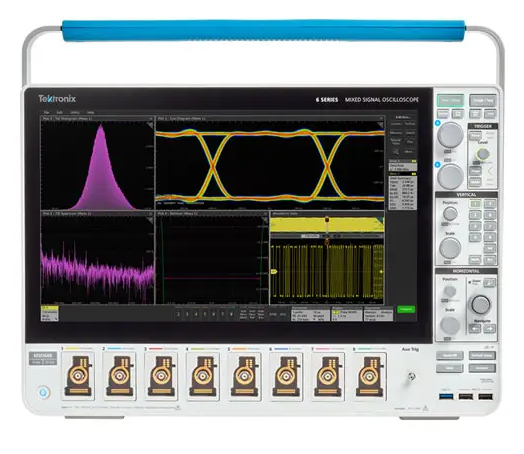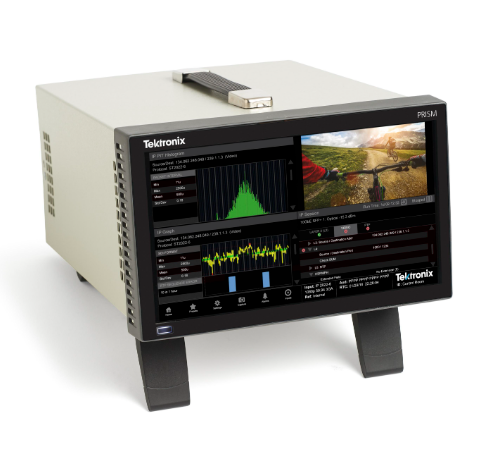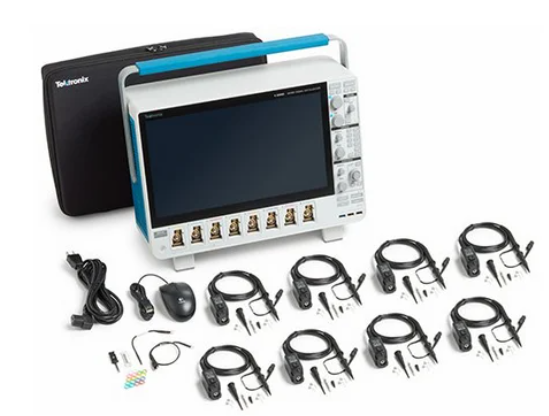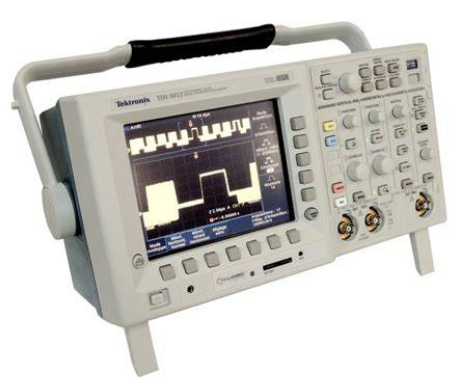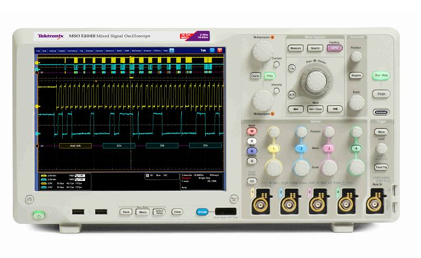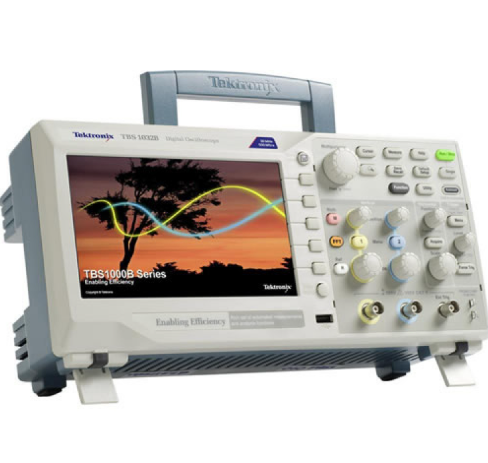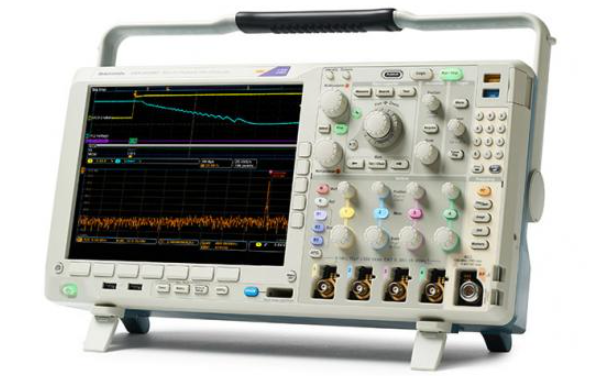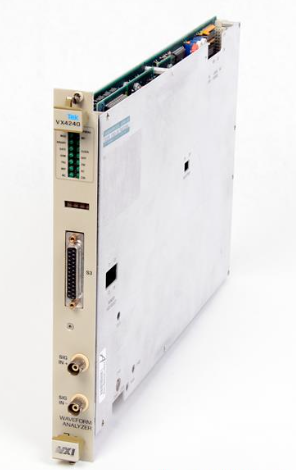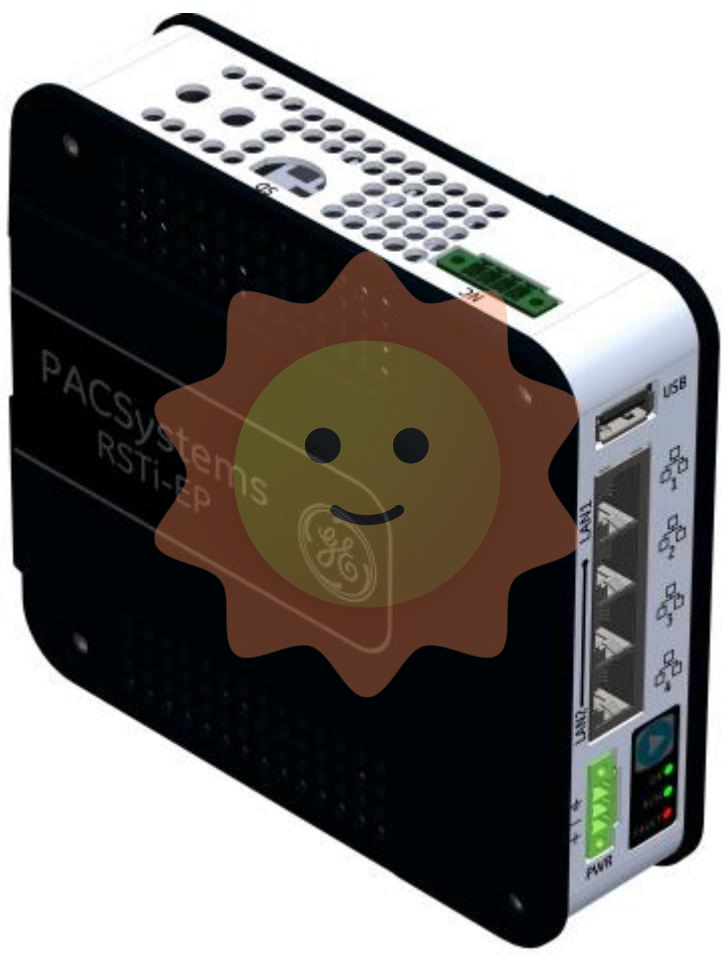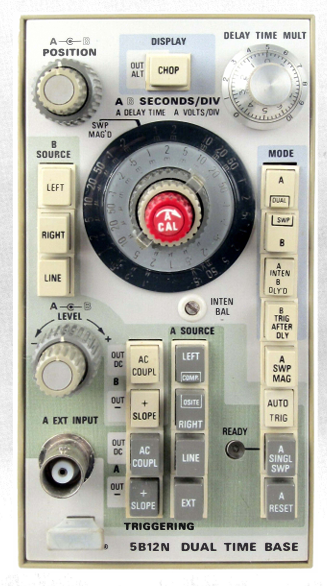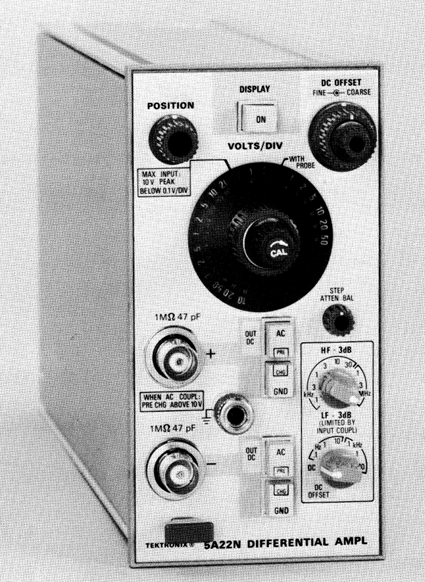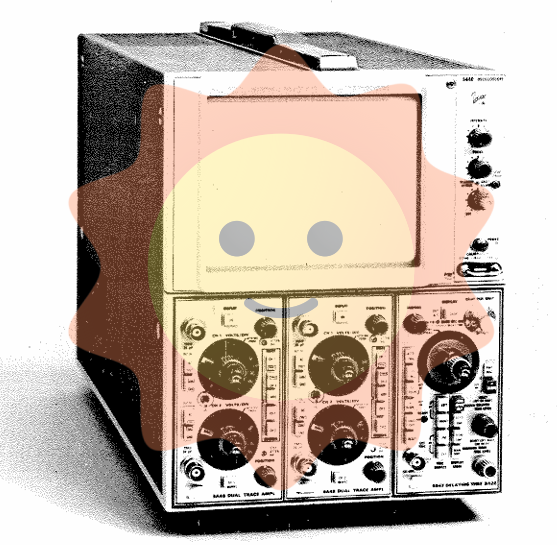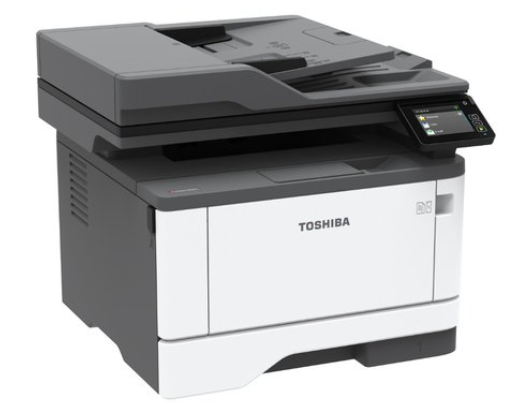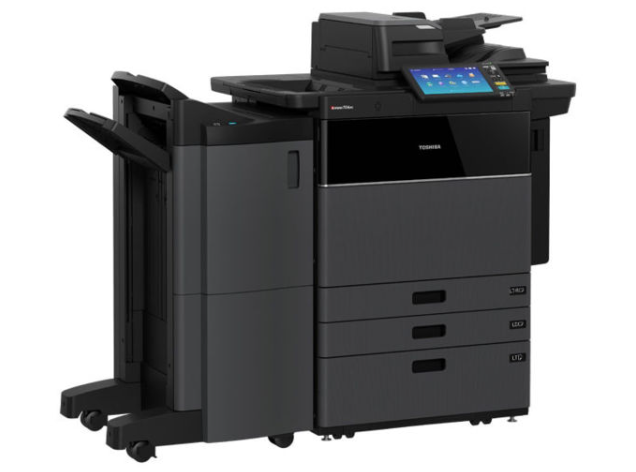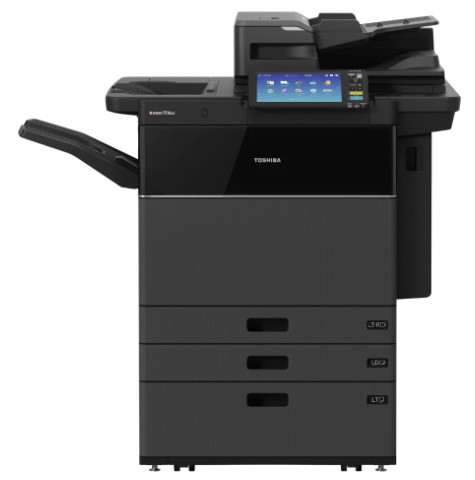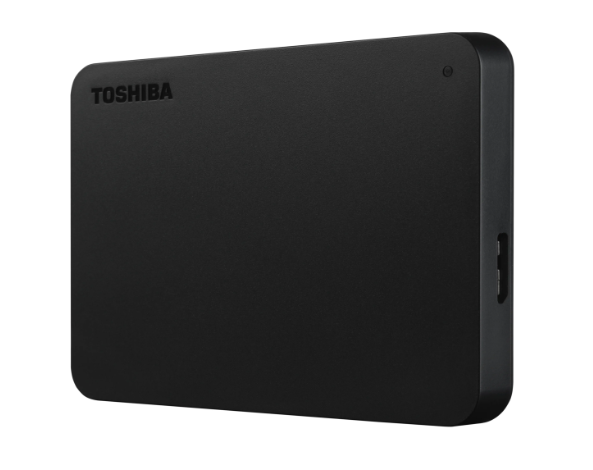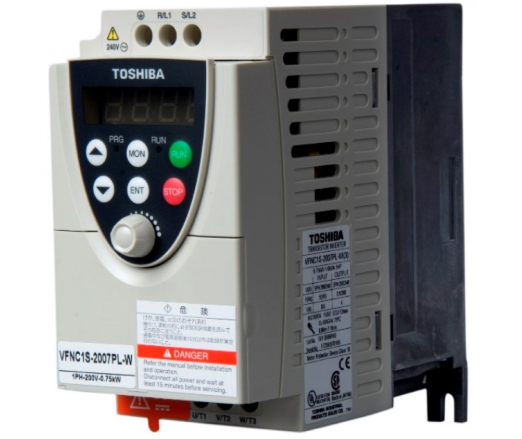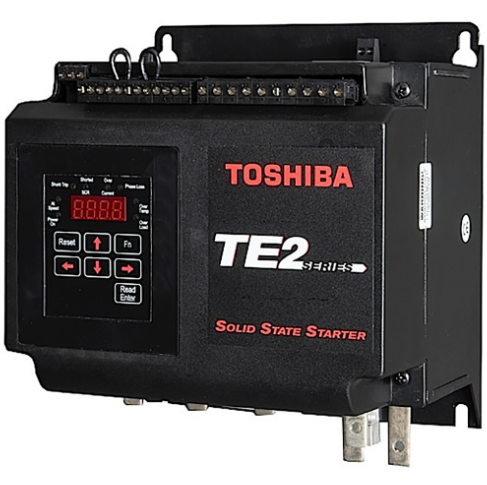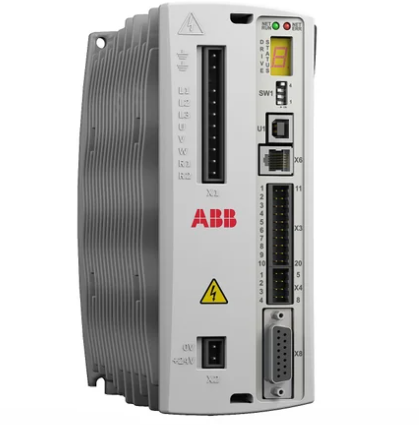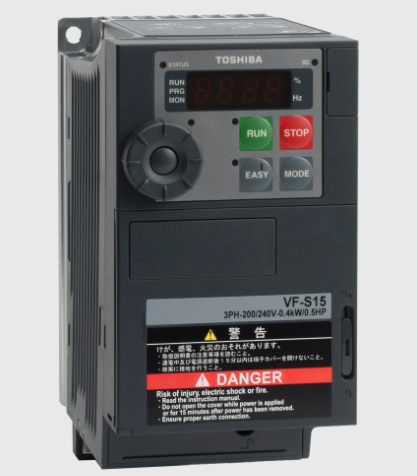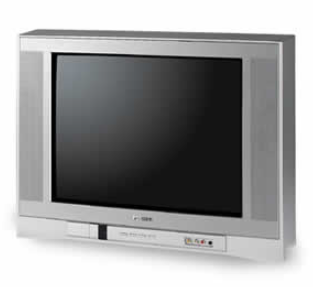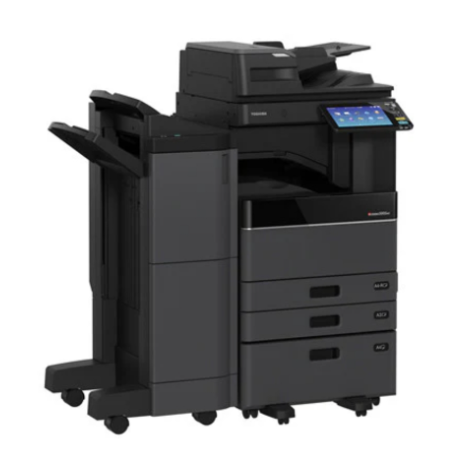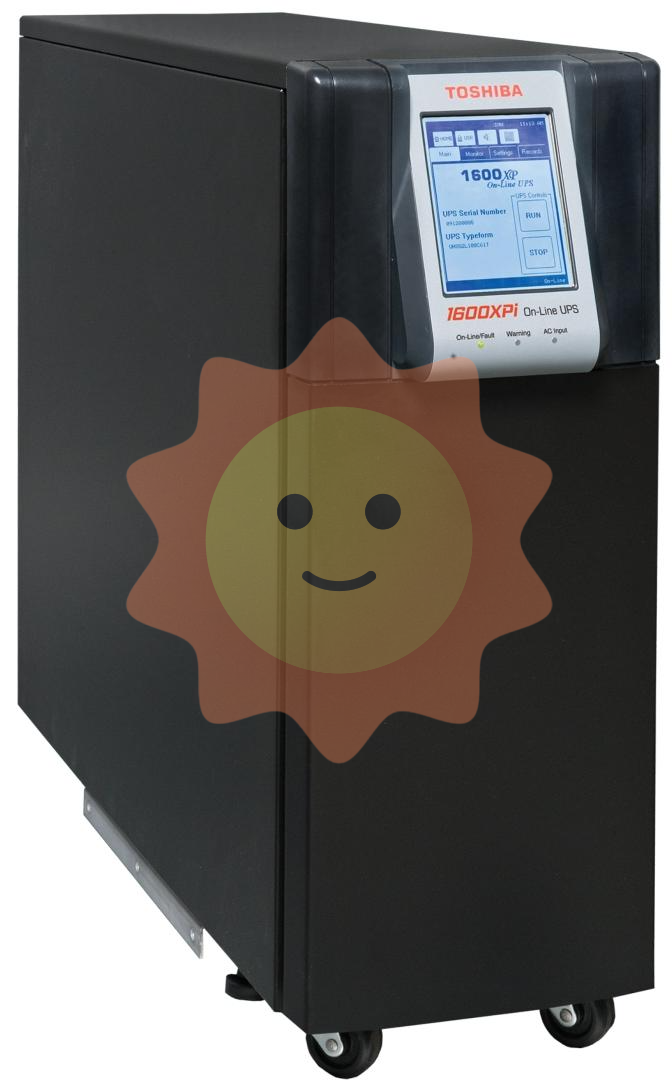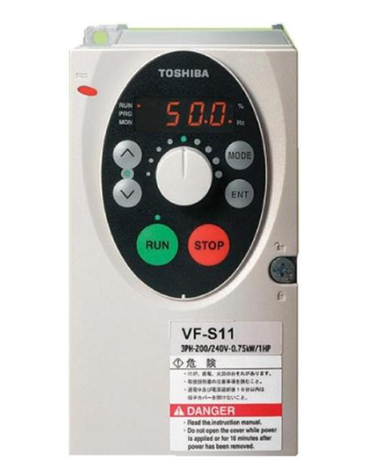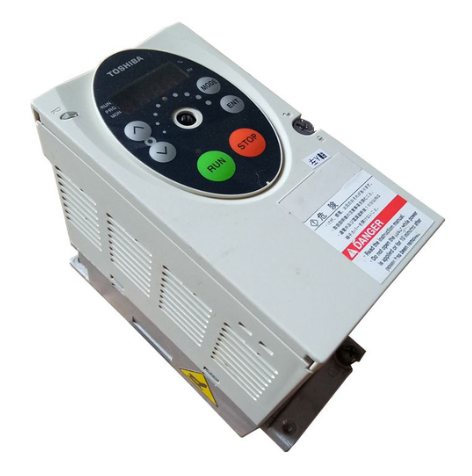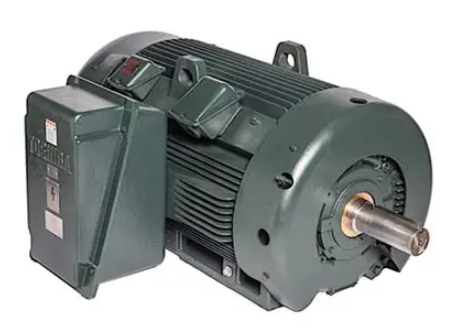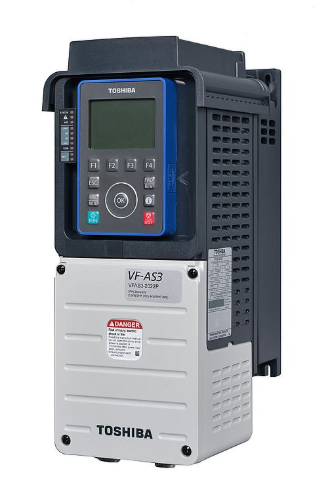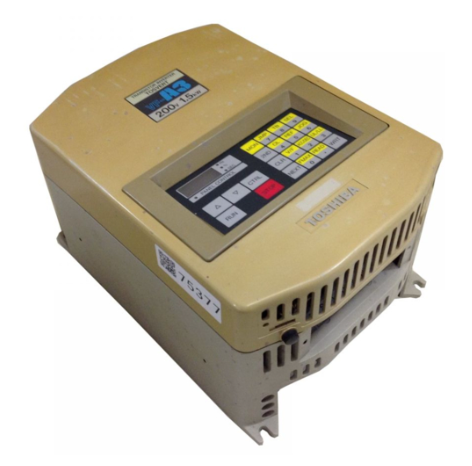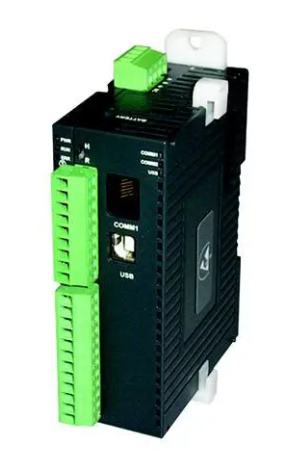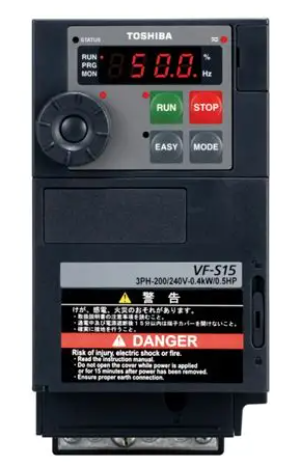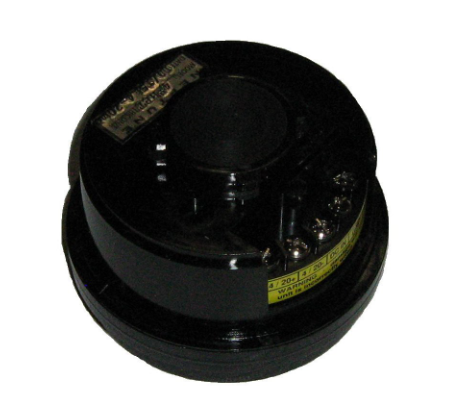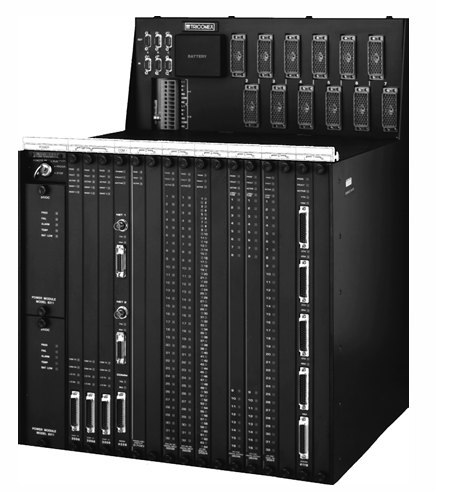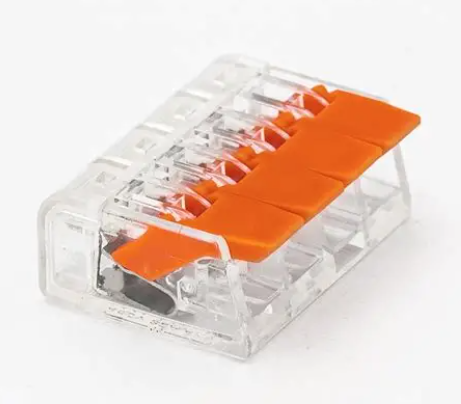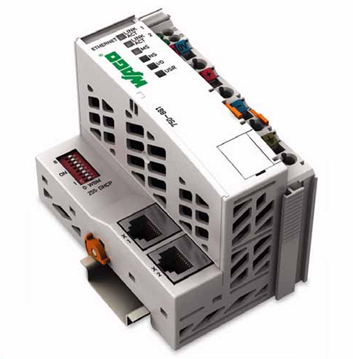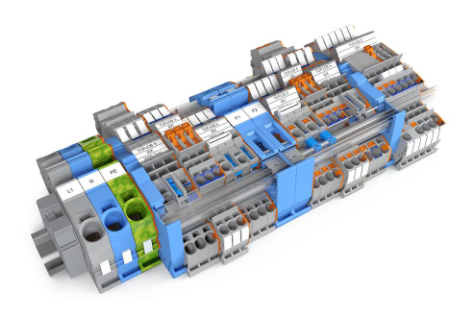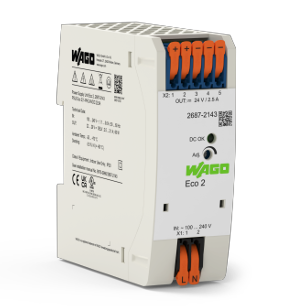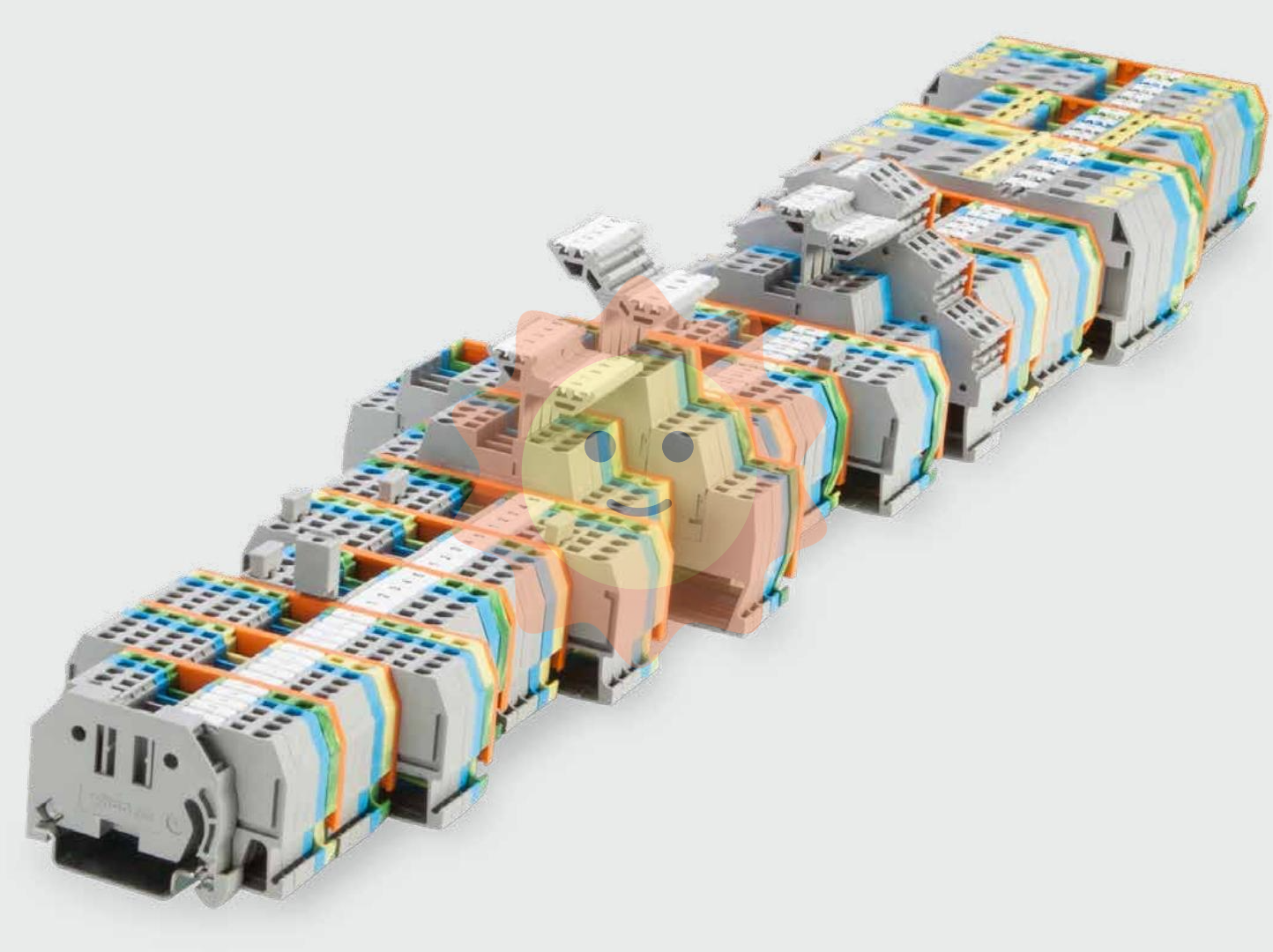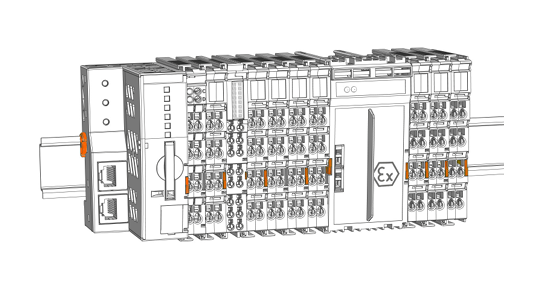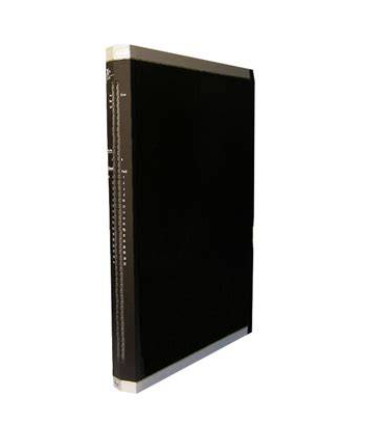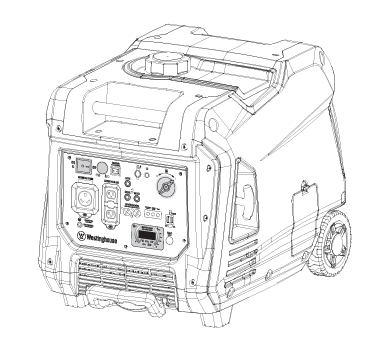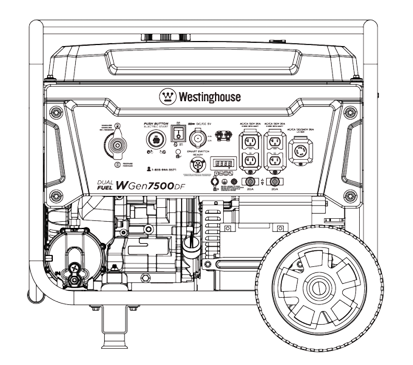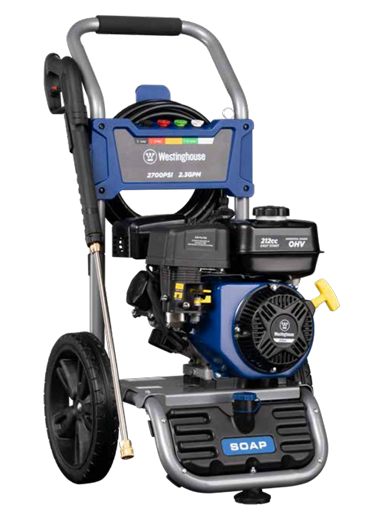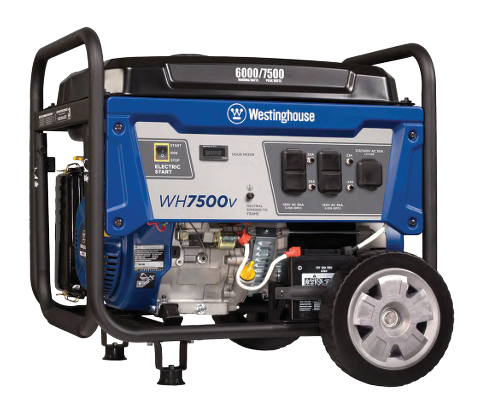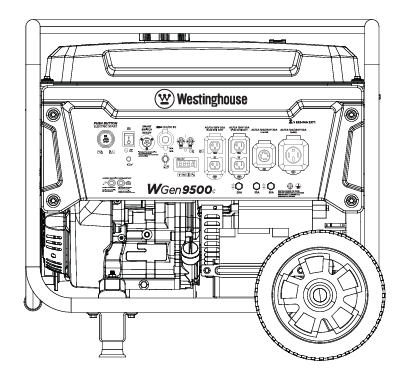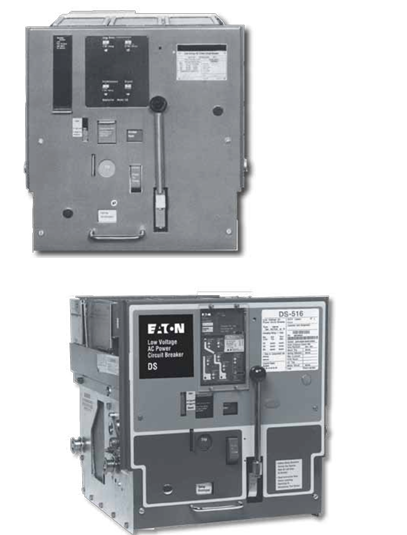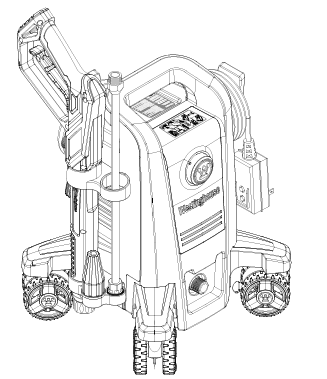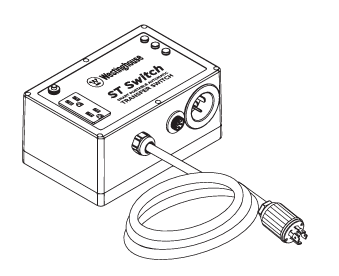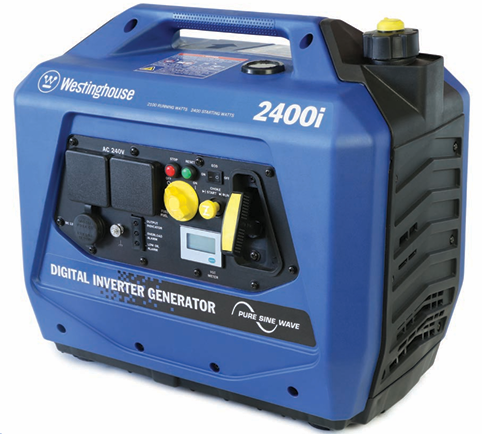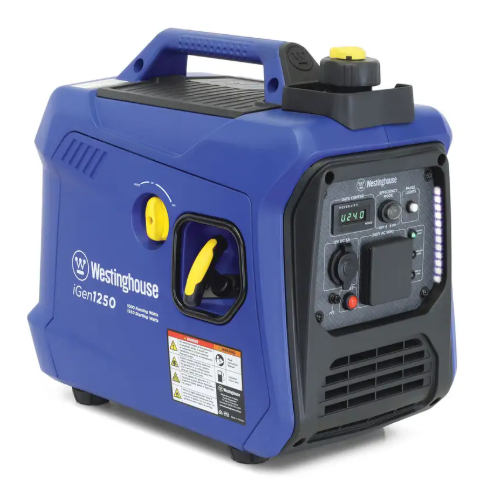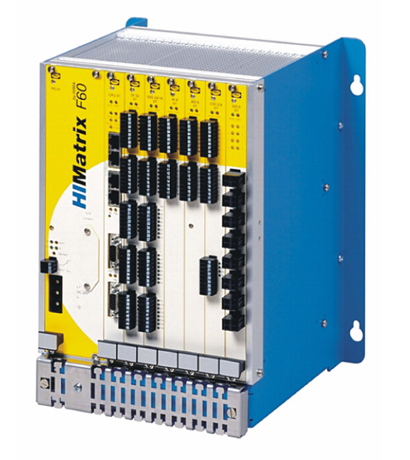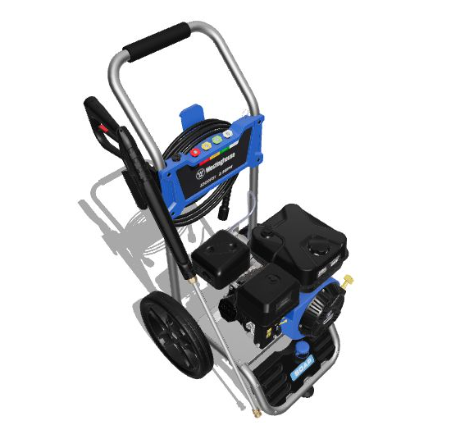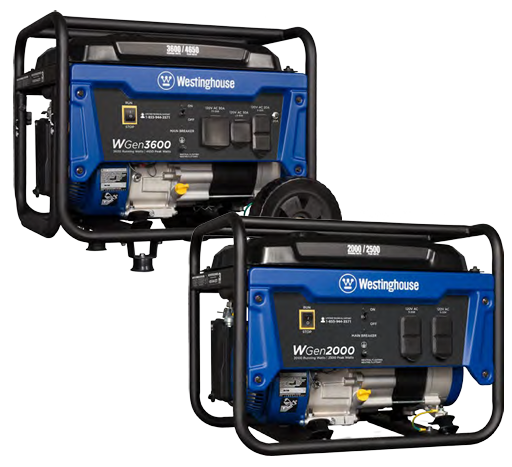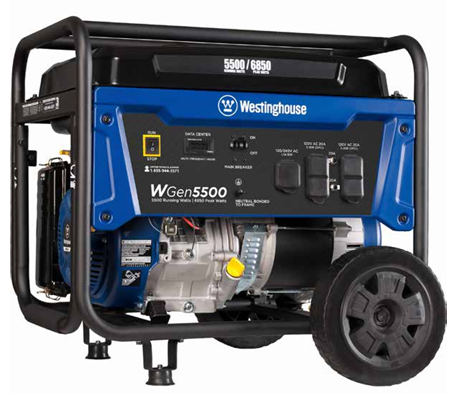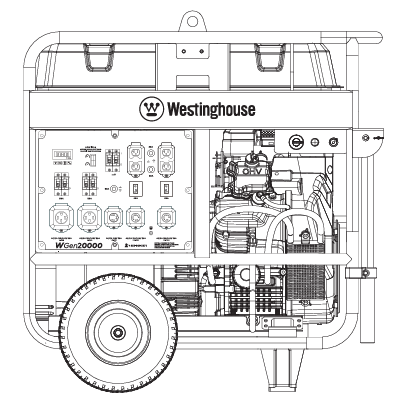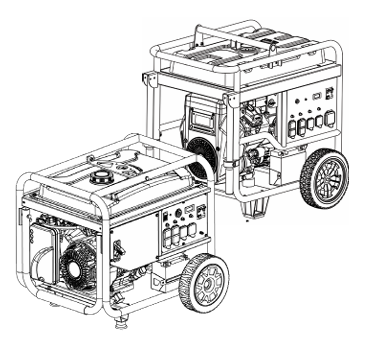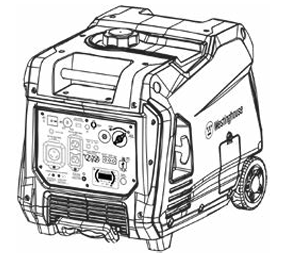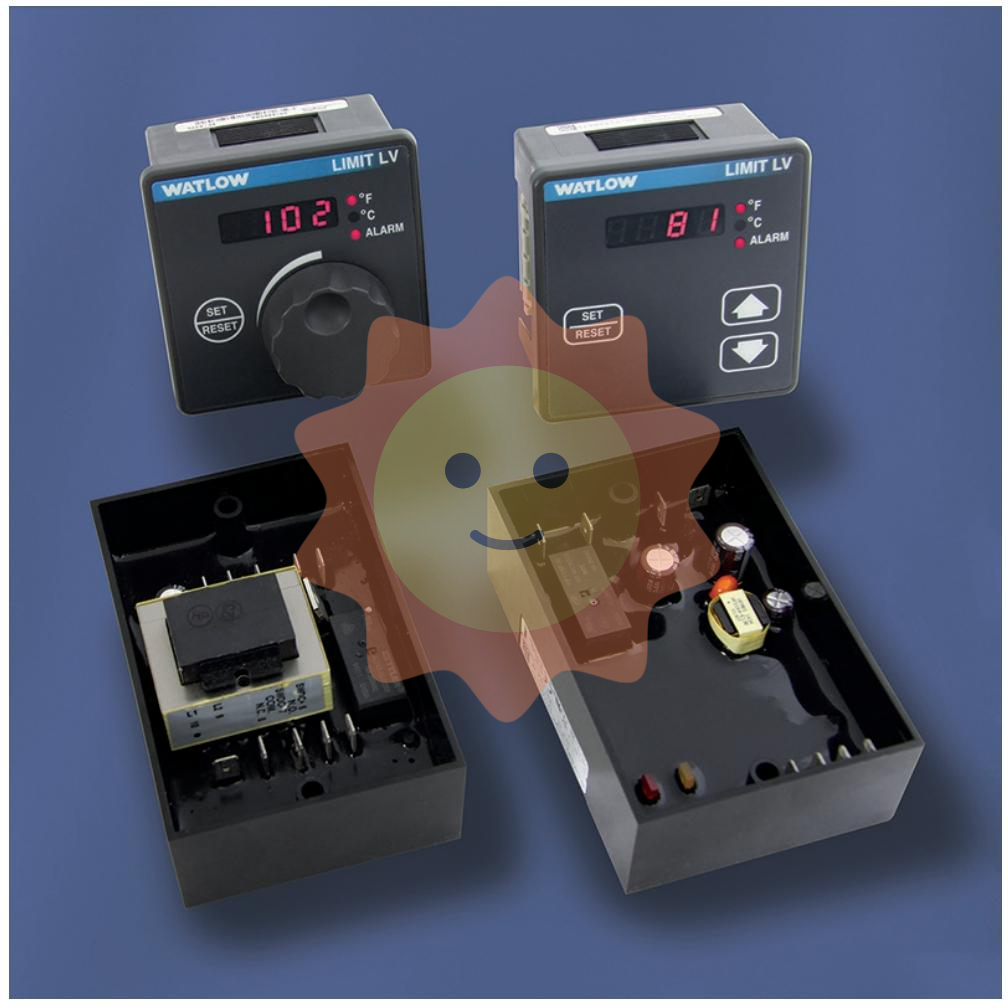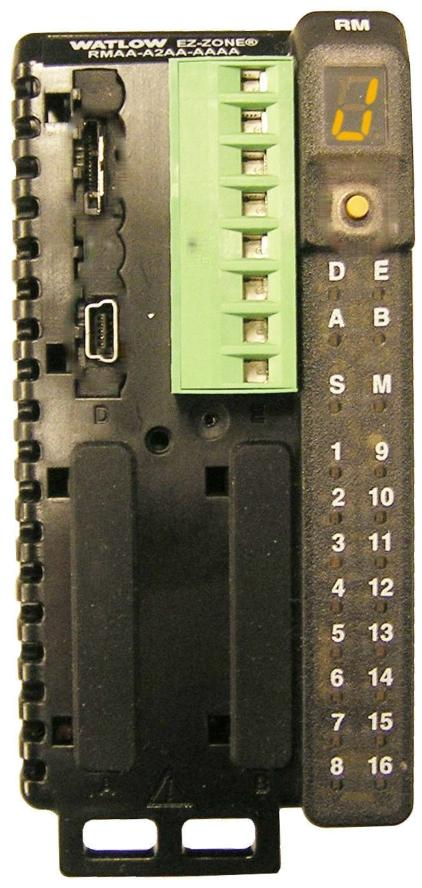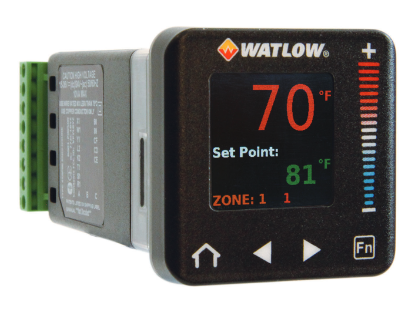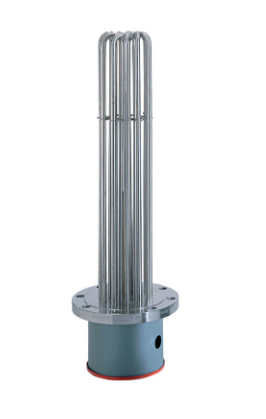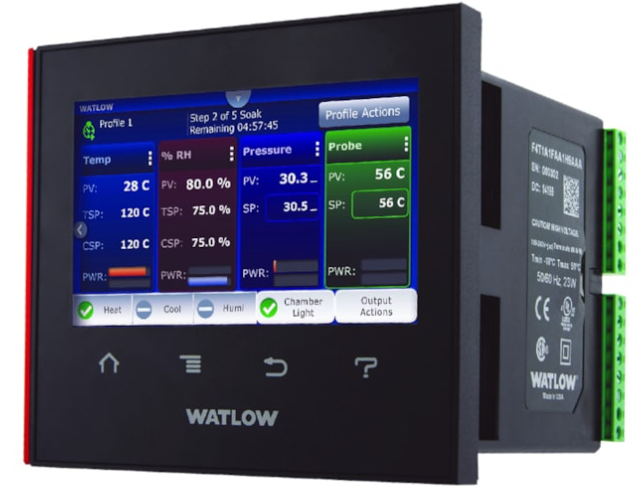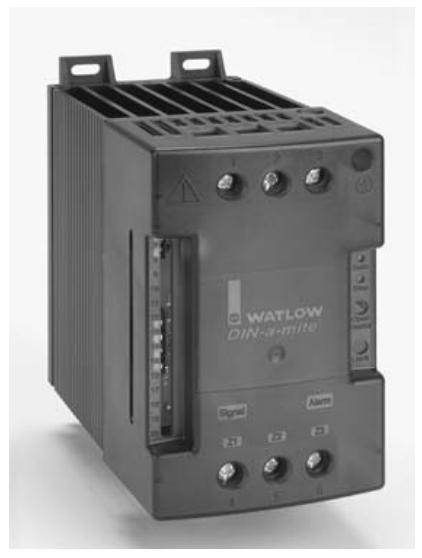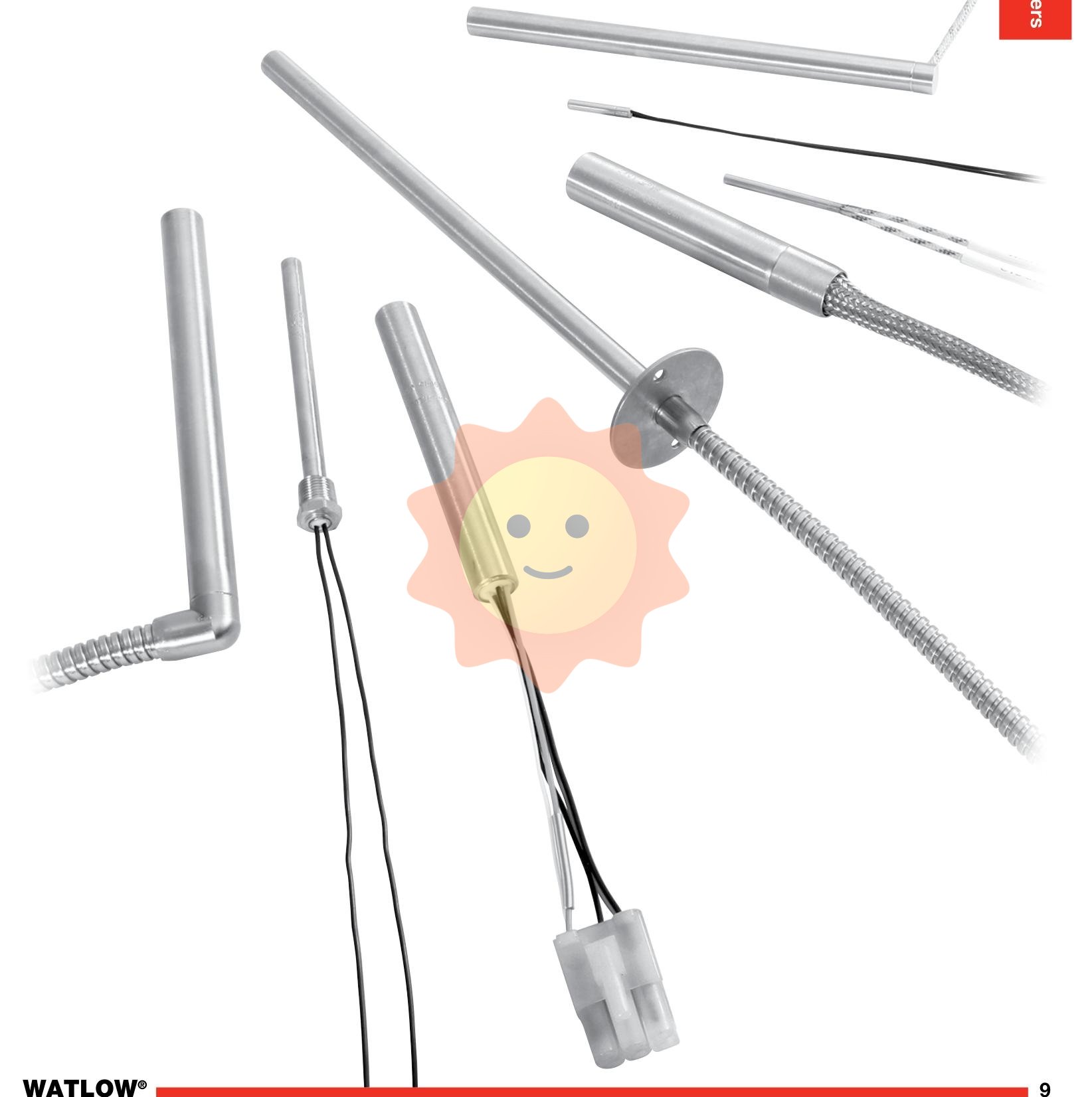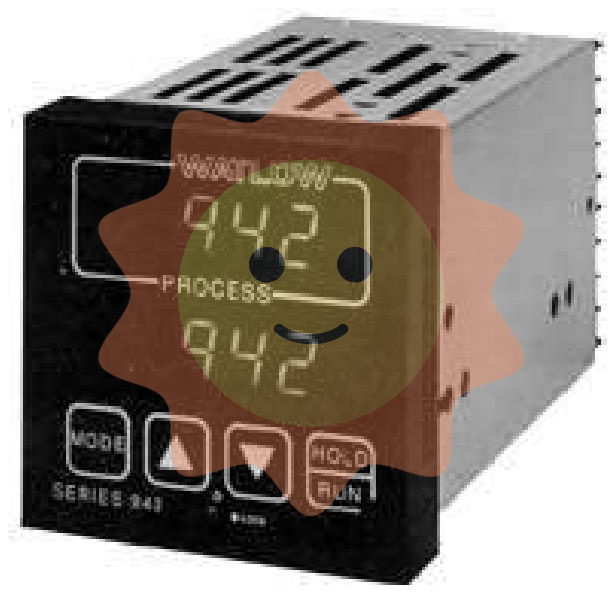ABB NTMP01 Multi-Function Processor Termination Unit
Basic information
Model and name: ABB NTMP01 Multi - Function Processor Termination Unit, ‘NTMP01’ for the product type, this is a multi - function processor terminal unit, used in industrial automation systems for a variety of functions such as data processing and terminal control. Functions
Family: belongs to the ABB Industrial Automation product family. Within this family, there are other related terminal units, controllers, input/output modules and other devices that work together to build a complete industrial automation control system.
Application Scenario: It plays a key role in various industrial automation scenarios, such as factory automation production lines (automotive manufacturing, machining, electronic assembly, etc.), process control systems (chemical, pharmaceutical, electric power and other industries), intelligent building automation systems, etc., used for operations such as data processing, equipment control and system monitoring.
Functional Features
Data Processing Functions
Multi-tasking capability: as a multi-function processor, it is capable of handling multiple tasks simultaneously. It can receive input data from different sensors and devices, such as analogue data like temperature, pressure, flow rate, etc., as well as digital data like device status, counting, etc., and process them in parallel. For example, in the chemical production process, temperature and pressure data of the reactor and the operating status data of the feed pump are processed simultaneously.
Data operation and analysis: various data operations can be performed, including arithmetic operations (addition, subtraction, multiplication, division), logical operations (with, or, or not), function operations (such as the average value, the maximum value, the minimum value) and so on. By analysing the data, valuable information can be extracted, such as determining whether the equipment is operating normally and whether the production process complies with the set parameters. For example, calculating the average value of the flow rate over a period of time, comparing it with the set standard flow rate, and judging whether the pipeline is clogged or not.
Data storage function (possible): Some products may have certain data storage function for storing key data and historical data. These data can be used for subsequent analyses, troubleshooting or as a record of the production process. For example, storing the fault code and occurrence time of the equipment is convenient for maintenance personnel to trace the cause of the fault.
Control functions
Device control output: Can output control signals to control connected devices. The output signals can be digital (for starting/stopping, switching, etc.) or analogue (for controlling the speed of the equipment, valve opening, etc.). For example, the power of a heating device can be controlled according to temperature data, or the opening of a feed valve can be controlled according to liquid level data.
Control strategy execution: Supports the execution of a variety of control strategies, such as proportional-integral-derivative (PID) control, sequence control, and interlock control. These control strategies enable precise control of industrial equipment and production processes. For example, in an automated production line, the start and stop of each device is controlled in a predetermined sequence, or interlock control is performed to ensure system safety in the event of device abnormalities.
Communication Functions
Internal communication support: Communicates with other modules within the system (e.g., input/output modules, other terminal units, etc.). It can receive signals from the input module and send the processed results to the output module to realise data circulation within the system. For example, communicating with a sensor interface module to acquire data and then sending control commands to an actuator interface module.
External communication capability: With external communication interface, it can communicate with the upper computer system (such as SCADA system - monitoring and data acquisition system), other controllers or remote monitoring equipment. External communication allows the system to transmit data to a remote monitoring centre or to receive control commands from a remote location. Supported communication protocols may include Ethernet, Profibus, Modbus, etc. to suit different communication needs.
Diagnostic and Monitoring Functions
Self-diagnostic function: It can diagnose its own working status, including processor performance, memory usage, communication interface status, etc. When it is faulty or abnormal, it can send out an alarm signal in time, and can send the fault information to other devices or monitoring system through the communication interface. For example, when it detects that the processor temperature is too high or there is an error in the memory, it sends out an alarm.
Device monitoring function: monitor the connected devices and obtain real-time information about the operating status of the devices. It can monitor whether the operating parameters of the equipment are out of the normal range, whether the equipment is malfunctioning, and so on. For example, it can monitor whether the current of the motor is overloaded or not, whether the temperature sensor is working normally or not, and so on.
Technical Parameters
Electrical parameters
Working voltage range: the working voltage is generally DC voltage, the range may be around 18V - 30V DC, so that it can adapt to the common power supply situation in the industrial field, to ensure that the unit can work stably under different power conditions.
Power Consumption: The power consumption varies according to its working condition and configuration, usually ranging from a few watts to tens of watts. The power consumption may increase when carrying out complex data processing and a large number of communication tasks, but it is generally controlled within a reasonable range to ensure long-term stable operation in industrial environments.
Performance Parameters
Processor performance: Processor performance metrics include processing speed, instruction execution cycle time, and so on. For example, the clock frequency of the processor may range from a few hundred MHz to several GHz, which enables it to perform a variety of data processing and control tasks quickly. Instruction execution cycles are generally at the nanosecond to microsecond level, ensuring real-time system responsiveness.
Data Processing Capability: Data processing capability includes data processing accuracy, data storage capacity (if there is a storage function), and so on. For data processing accuracy, in arithmetic operations and function operations, the accuracy may reach ±0.1% - ±0.5%; data storage capacity may range from a few kilobytes to several megabytes, depending on the product design.
Communication rates and protocol support: Communication interface rates vary depending on the communication protocol. For example, the Ethernet interface rate may reach 10/100Mbps or higher, supported communication protocols such as Profibus - DP communication rate up to 12Mbps, Modbus communication rate according to the specific configuration. A wide range of mainstream communication protocols are supported to meet the needs of system integration and data transmission.

- User name Member Level Quantity Specification Purchase Date
- Satisfaction :
-









Email:wang@kongjiangauto.com

